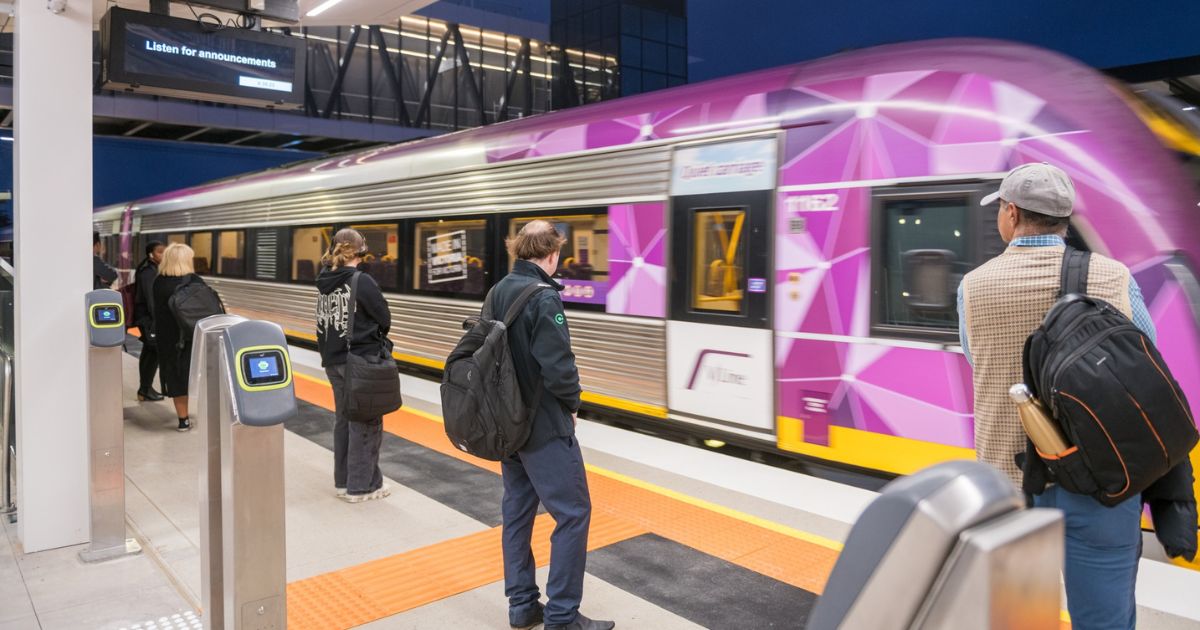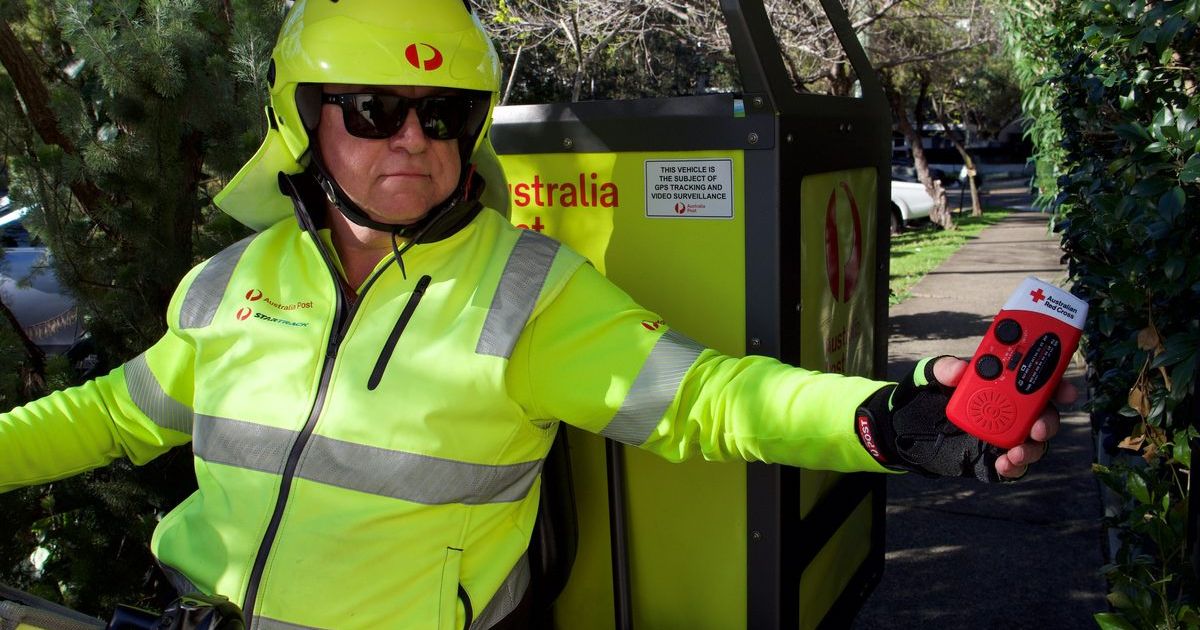Rare and lost crafts brought back to life

Crafty cuts: Member for Ballarat, Catherine King, joined representatives from Sovereign Hill for the official opening of the Australian Centre for Rare Arts and Forgotten Trades. Photo: MICHAEL CHAMBERS
AFTER two-and-a-half years in development, the Australian Centre for Rare Arts and Forgotten Trades at Sovereign Hill is officially open.
The centre is the culmination of a $3.7 million redevelopment of the Gold Museum building and will serve as a workshop space for crafts like basket-weaving, locksmithing and knife making.
Launched on Friday last week, general manager Erin Santamaria said the centre is an important Australian first.
“This is the first time in Australia on this scale that there’s been an institution created that brings together wood, fashion, textiles, leather under all types of disciplines,” she said.
“More and more, our manufacturing sector is going offshore so this will be a real home for makers.
“This facility has world-class facilities in terms of the highest quality tools, machines, equipment.
“With respect to the original architecture, it’s a massive example of 70s brutalist architecture with concrete walls, floor and natural light, it’s been reinstated to its original architectural intent. We’ve used recycled timber from a bridge in Omio.”

The facility was announced in 2020 in celebration of Sovereign Hill’s 50th anniversary, with pilot workshops undertaken in the last few weeks.
With a theatrette for panel discussions and seven workshop studios with an average capacity of six attendees, the centre’s initial program will feature 20 sessions.
New South Wales-based dry stone waller Emma Knowles is delivering one of the first workshop at the centre, and said it’s a great asset for artisans throughout Australia.
“There’s so few of us dry stone wallers in Australia, for example. Only about a dozen qualified and three instructors,” she said.
“We obviously need more people walling so we can get more instructors and opportunities across the country.
“There’s the opportunity to reach out to new people through this space.
“There’ll be a permanent fixture of a dry-stone training wall once we’ve built it up here which can be used into the future with different levels of walling as people progress.”
The building will also be home to the Australian Centre for Gold Rush Collections.
Prior to the overhaul, the site served as an archival collection and exhibition space with the items set to be relocated to Sovereign Hill’s $13.8 million gold pavilion once the new entrance precinct is developed.

President of the Sovereign Hill Museums Association, Craig Fletcher, said the overhaul was part of keeping history alive.
“There is not just one story of the goldrush to be told, there are many that deserve to be heard,” he said.
“These new places will enhance our ability to further explore our shared past and what it means for the future.
“Mass production techniques mean rare trades practised by dedicated artisans must find a renewed appreciation to ensure the skills are not lost.
“Sovereign Hill is determined to preserve, protect, and extend trades that deserve to remain as a gift to future generations.”


















